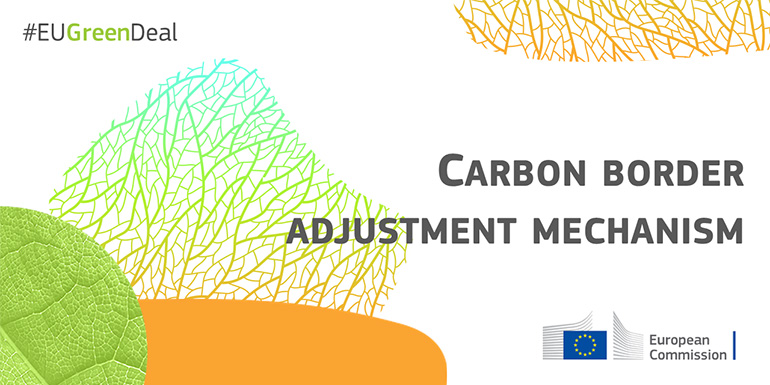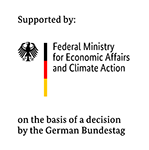On 14 July 2021, the European Commission submitted a proposal for a Carbon Border Adjustment Mechanism (CBAM) to prevent carbon leakage and create incentives for raising climate ambition in non-EU states. CBAM puts a levy on the emissions embedded in certain goods imported to the EU. Its implementation will affect not only major importers to the EU but also facilitate industrial climate-friendly transformation in non-EU states. Fertilizer production, and thus nitric acid, is among the sectors covered by CBAM.
What is the context of CBAM?
The EU has introduced the European Green Deal, according to which the EU will reach climate neutrality by 2050. On the way to carbon neutrality, the EU has set a new target to reduce greenhouse gas emissions by at least 55 per cent by 2030 compared to levels in 1990. The “Fit for 55 Package” is a set of climate reforms, mechanisms and regulations aiming at contributing to reaching this goal. The package covers inter alia a revision of the EU Emissions Trading System (ETS) and the introduction of CBAM.
What is CBAM?
Initially, CBAM will apply to cement, iron and steel, aluminium, electricity and fertiliser production. Due to high emissions and intensive trade of these goods, these sectors are exposed to a significant risk of carbon leakage. With time, CBAM might expand to other industrial spheres.
Non-EU producers of these goods will need to pay a levy for their exports into the EU. The levy is based on the carbon intensity of the product and the current carbon price under the EU ETS. Producers that can prove emission reductions or carbon prices in their countries will be fully or partially exempted from the levy and will be able to deduct any price they already paid in their home countries.
The actual level of the levy will also depend on the free allowances for this sector under the EU ETS. For example, if producers in the EU do not have to pay for 40% of their emissions (as envisaged by the free allowances), CBAM will also be imposed only on 60% of emissions. However, the “Fit for 55 Package” foresees gradual phase out of free allowances. By 2036, EU producers will have to pay full price for emissions.
How will the price of certificates be determined?
The price for CBAM certificates is based on three major components. Firstly, it covers the carbon intensity value of the product – amount of embedded emissions expressed in tCO2e per ton of a product. It will be based on the average carbon intensity value of EU producers. However, if producers will prove lower carbon intensity of their products, they can claim the reduction of price. The second factor is the amount of exported goods. Third, the price will be set weekly, mirroring the average price of emissions allowances under the EU ETS.
What is the CBAM timeline?
In December 2019, the European Commission adopted its communication the European Green Deal, mentioning CBAM. The proposal was submitted in July 2021 and will have to be adopted by the European Council and the Parliament by 2023 to enter into force.
During the transition phase, producers will not have to the levy but only report their volume of imported goods and embedded emissions. From 2026 to 2036, the CBAM adjustment will apply only to the difference between the emissions of producers in non-EU states and emissions covered by the ETS. After the gradual phase-out of free allocation under the EU ETS until 2036, the full levy will apply.
How will CBAM introduction influence nitric acid producers and NACAG?
Nitric acid producers fall under the CBAM and will have to pay a carbon adjustment on the imported goods. However, if they can prove mitigation of nitrous oxide emissions, they will be partially or fully exempted from the tax. In this context, both producers and governments can benefit from NACAG´s offer to finance procurement and instalment of abatement technology in exchange for the government´s commitment to the climate-friendly transformation of the nitric acid sector.
Picture Copyright: EU Commission



